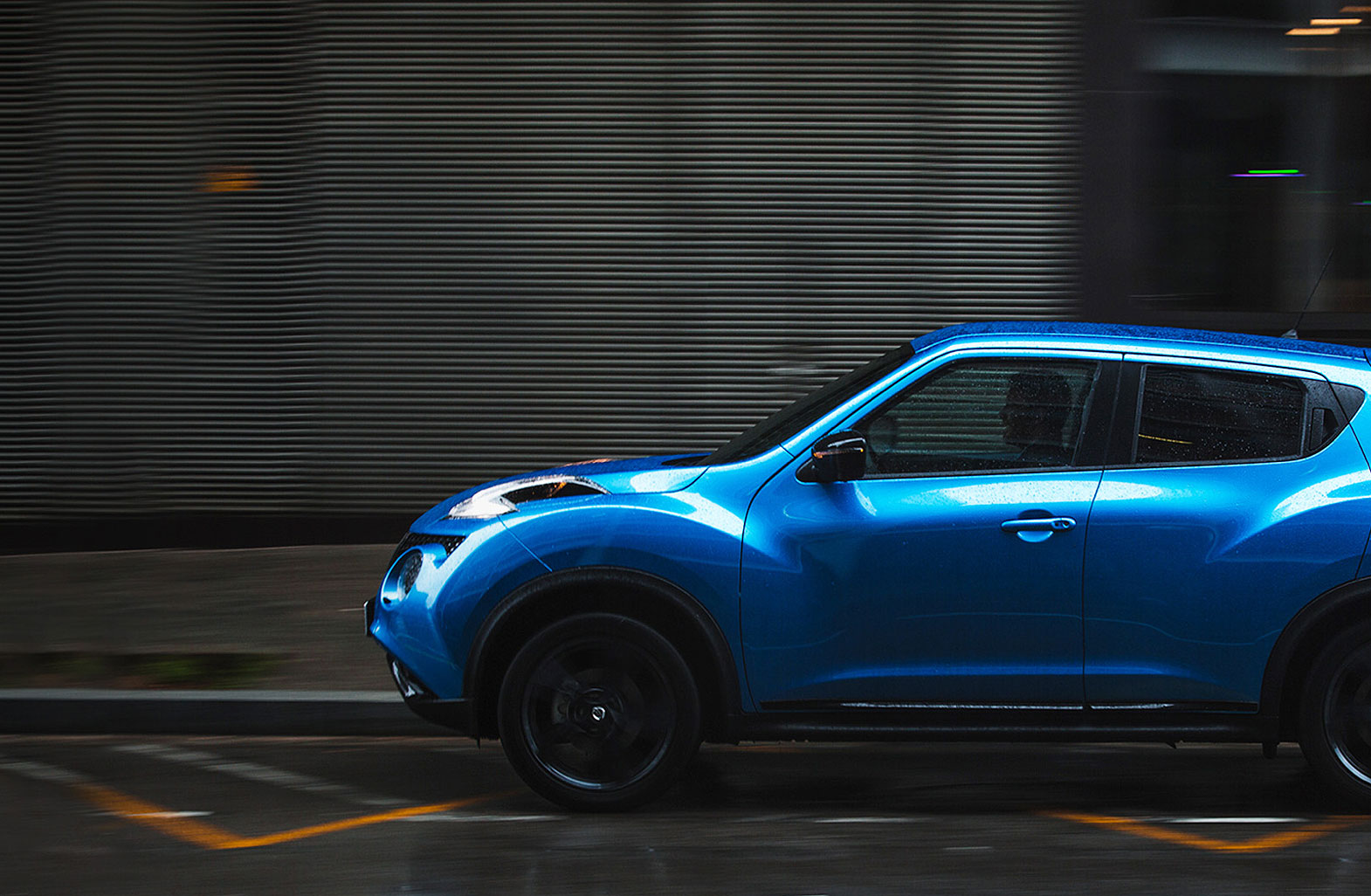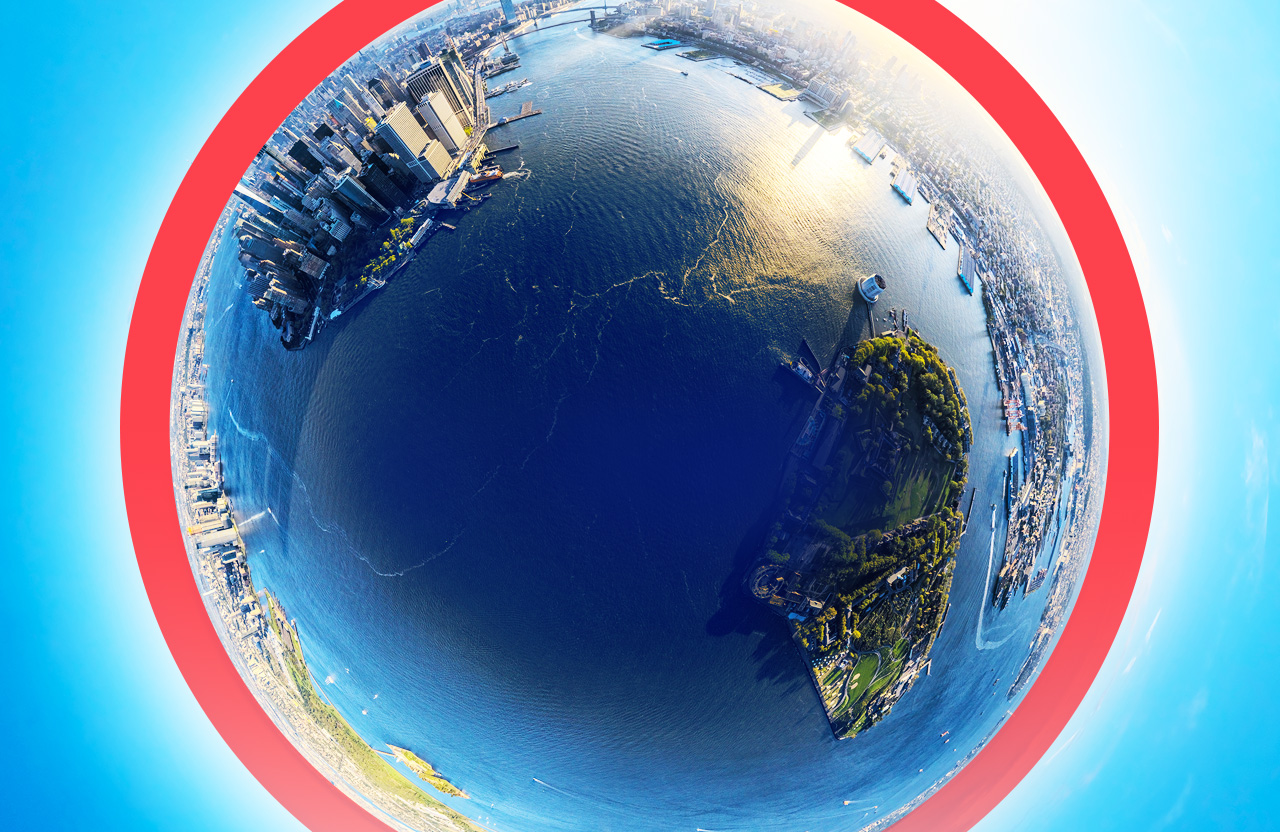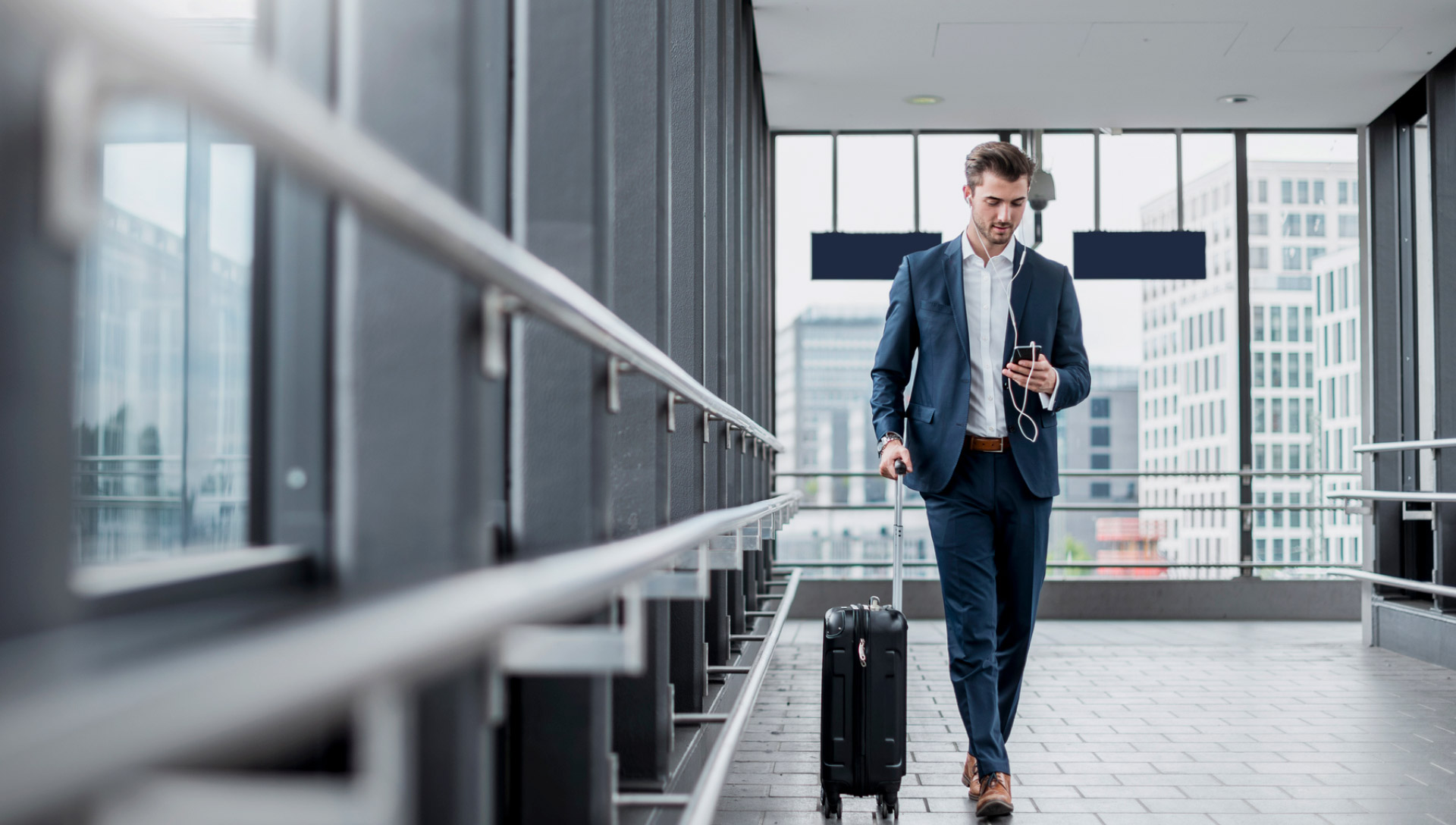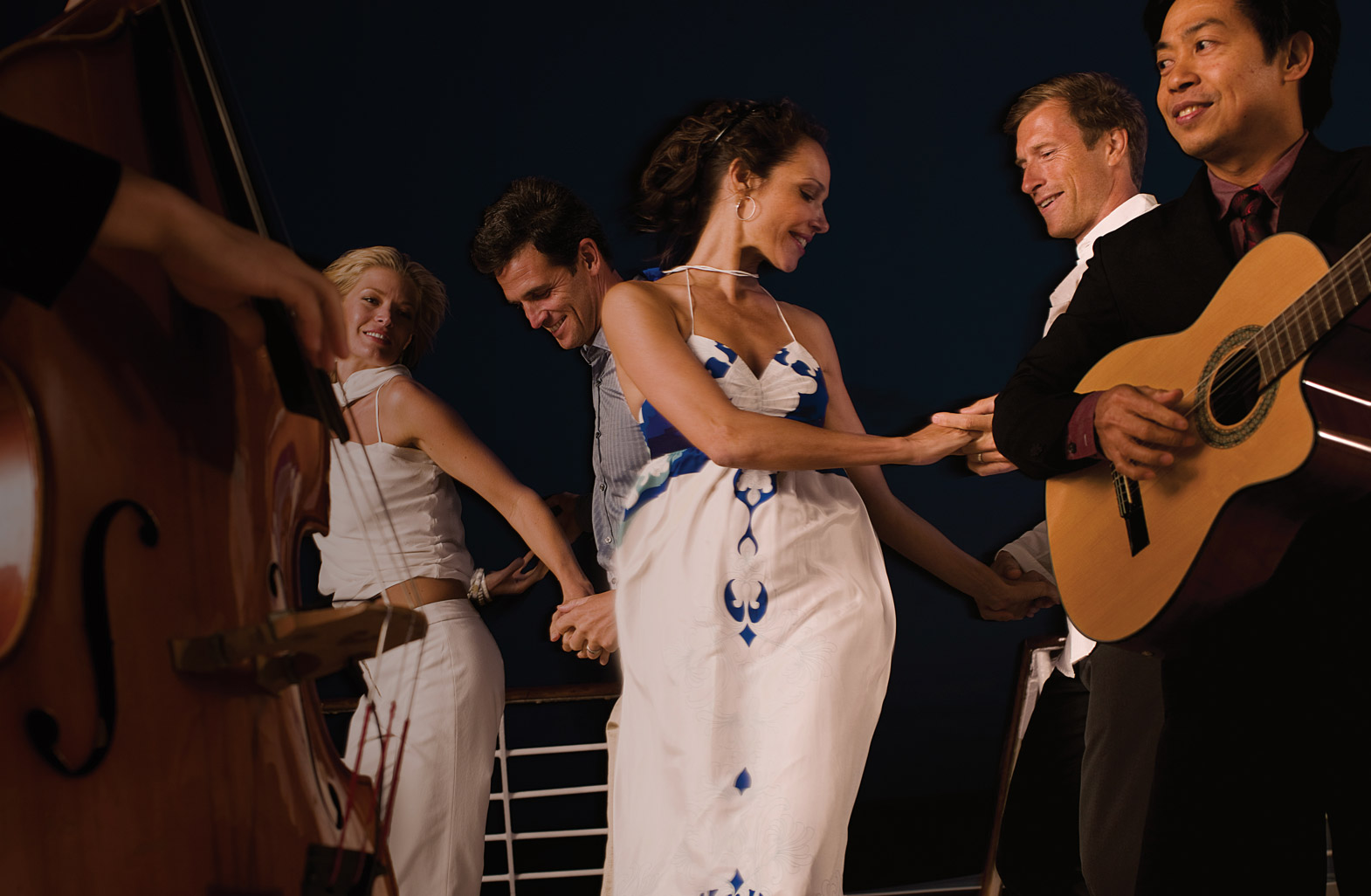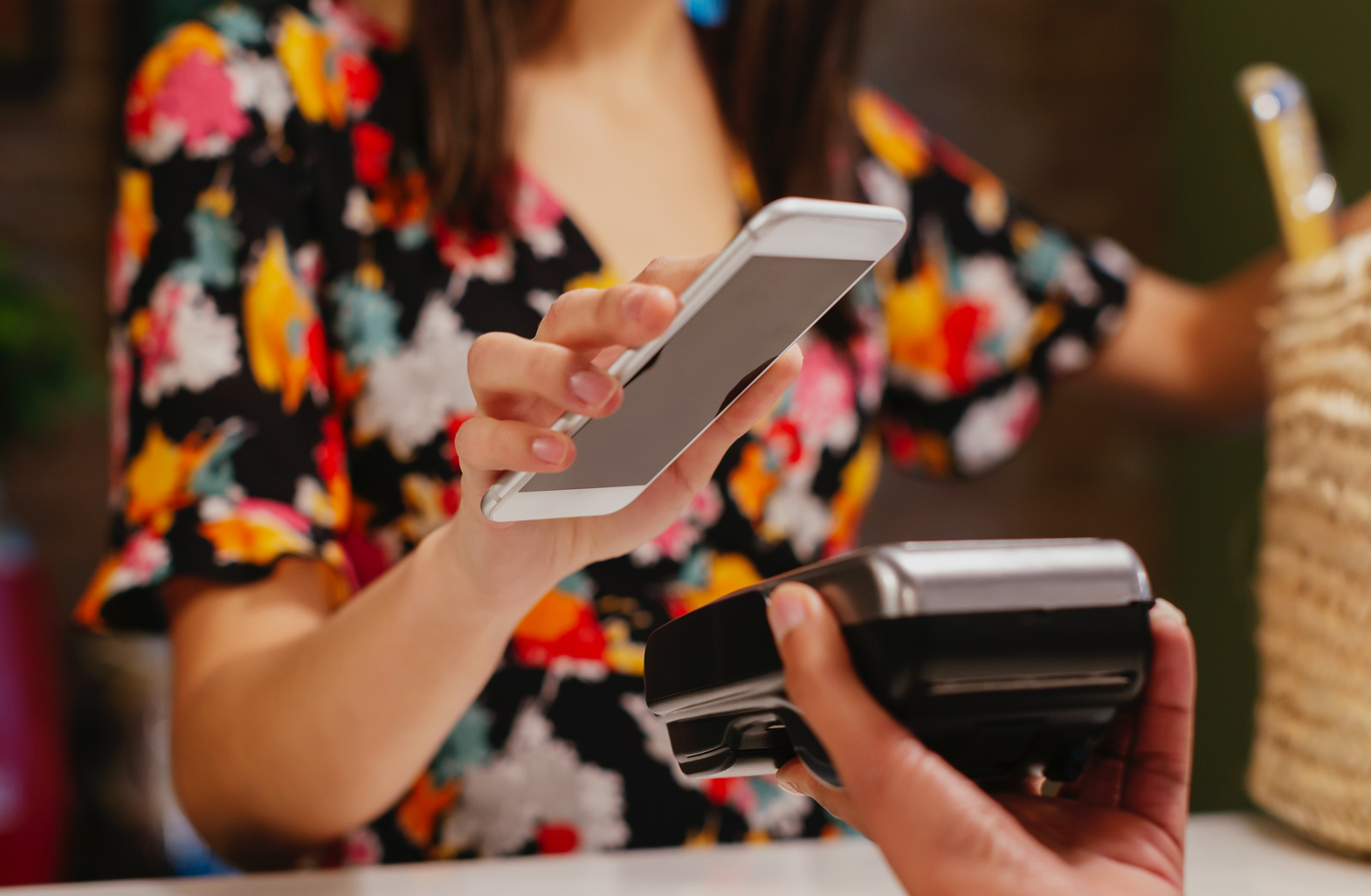Mobile travel companions will only get smarter
Today’s empowered customers already rely on a variety of self-service options to check prices, retrieve boarding passes, study reviews and book tickets directly, largely through their mobile devices. Whether they travel for business or leisure, mobile will continue to become an increasingly indispensable part of the travel journey over the next decade. When guests enter the Wynn Hotel in Las Vegas for example, their phone checks them in, unlocks the room, adjusts the room temperature and personalizes the lighting and entertainment options.
This is just the beginning. Over the next decade, mobile solutions will become even smarter as they are embedded with real-time intelligence and personalized interaction. For example, using an occupant’s age, gender, business or leisure status, hotels will learn about their guests by drawing upon their behavior, occupancy status and room type to suggest services. We’re seeing glimpses of this in several hotels, where ultra-smart interfaces let guests control their personal entertainment systems, lighting, curtains and room temperature. For example, many properties are deploying commercial apps that provide interactive guides to their hotel’s facilities and the city, offering personalized suggestions for dining, shopping and sightseeing.
As our mobile devices grow smarter, guests will take highly personalized interactions for granted. If they are tired from a day of sightseeing and shopping, the concierge can offer a discount on an in-room massage as they enter the hotel. If they don’t have room in their luggage to pack all the items from a shopping spree, a simple voice command arranges to have the purchases shipped home. They can view the video they took on their phone on the room’s 55-inch smart TV, be alerted when a delivery from the office is on its way up from a room’s smart speaker and secure a ride to the airport without having to ask, based on checkout time and flight information.

